Home>Gardening & Outdoor>Pool & Spa Care>How Do You Increase Ph In Hot Tub
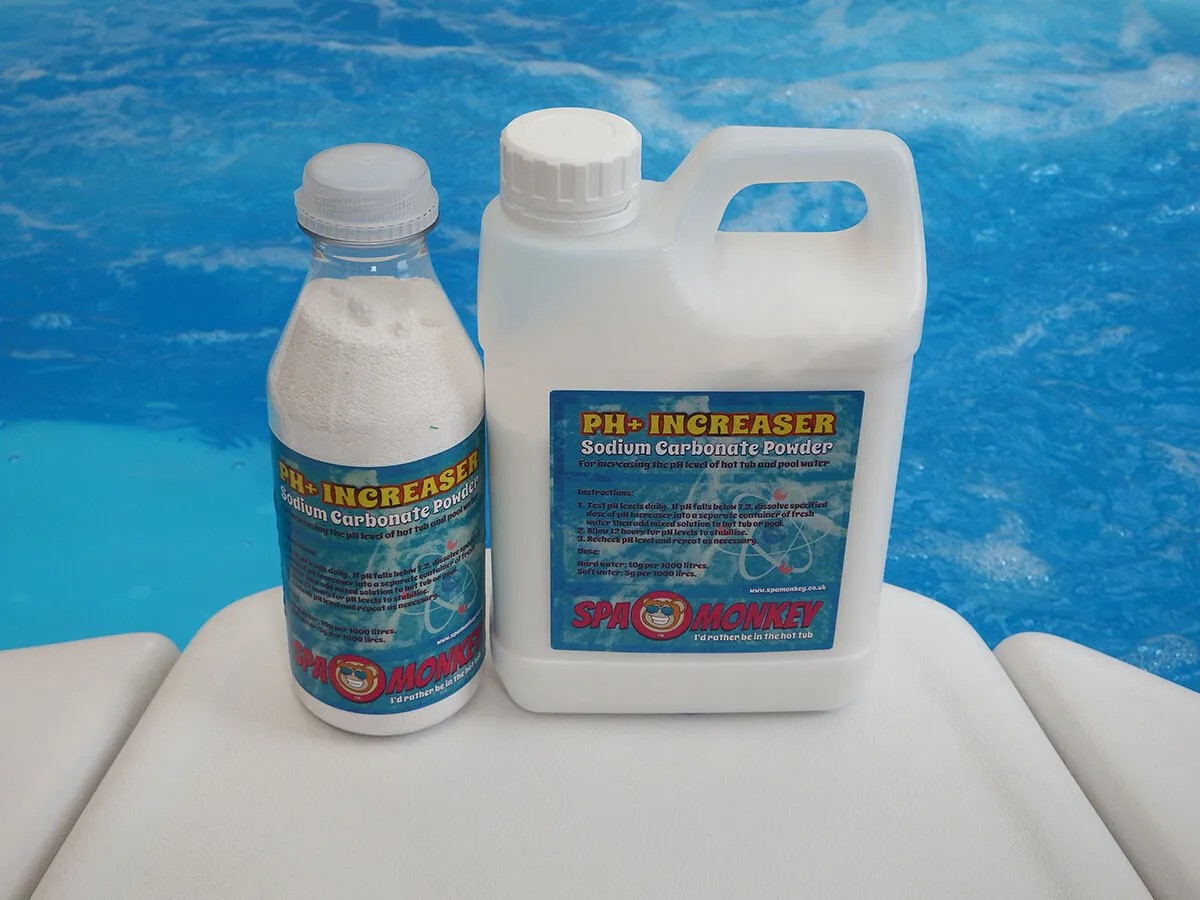

Pool & Spa Care
How Do You Increase Ph In Hot Tub
Modified: January 9, 2024
Learn effective methods to increase pH in your hot tub with expert pool and spa care tips. Keep your hot tub water balanced and safe for a relaxing soak.
(Many of the links in this article redirect to a specific reviewed product. Your purchase of these products through affiliate links helps to generate commission for Storables.com, at no extra cost. Learn more)
Introduction
Maintaining proper pH levels in your hot tub is crucial for ensuring a safe, comfortable, and enjoyable soaking experience. The pH level indicates the acidity or alkalinity of the water, and when it comes to hot tubs, keeping the pH within the recommended range is essential for several reasons. In this comprehensive guide, we will delve into the significance of pH in hot tubs, the potential issues caused by low pH levels, and effective methods to increase the pH when it falls below the optimal range.
Proper pH balance is fundamental to the overall water chemistry of your hot tub. It not only influences the effectiveness of other water care products but also plays a pivotal role in safeguarding the health of bathers and preserving the longevity of the hot tub equipment. Whether you are a seasoned hot tub owner or a novice enthusiast, understanding how to manage pH levels is a fundamental aspect of routine maintenance.
The journey to maintaining ideal pH levels in your hot tub begins with a comprehensive understanding of the factors that can lead to imbalanced pH. Once armed with this knowledge, you can confidently explore the various methods available to increase pH and restore the equilibrium of your hot tub water. From natural remedies to specialized water care products, the options are diverse, and we will explore them in detail to empower you with the knowledge needed to make informed decisions.
By the end of this guide, you will have a clear understanding of the importance of pH in hot tubs, the potential consequences of low pH levels, and the practical techniques for increasing pH to ensure that your hot tub water remains inviting, safe, and conducive to relaxation. Let's embark on this insightful journey to elevate your hot tub care expertise and enhance your overall soaking experience.
Key Takeaways:
- Proper pH levels in your hot tub are crucial for bather comfort, chemical efficiency, and equipment protection. Regular testing and monitoring, along with using baking soda or specialized pH increaser chemicals, can help maintain optimal pH levels.
- Low pH in hot tubs can result from sanitizer overuse, organic contamination, or environmental factors. Using baking soda or soda ash, and monitoring pH levels closely, can effectively increase and stabilize the pH for a safe and enjoyable soaking experience.
Read more: How Do You Raise The PH In A Hot Tub
Importance of pH in Hot Tubs
The pH level of hot tub water significantly impacts the overall bathing experience and the longevity of the hot tub itself. Maintaining the recommended pH range, typically between 7.2 and 7.8, is crucial for several reasons:
- Bather Comfort: Proper pH levels ensure that the water feels comfortable on the skin and does not cause irritation. Water with an imbalanced pH can lead to skin and eye discomfort, detracting from the relaxing experience.
- Chemical Efficiency: The effectiveness of sanitizers, such as chlorine or bromine, is closely tied to pH levels. When pH is within the optimal range, these sanitizers can function efficiently, helping to keep the water clean and safe for use.
- Equipment Protection: Imbalanced pH can corrode metal components, damage the hot tub shell, and lead to scaling or cloudiness. By maintaining proper pH levels, you can prolong the lifespan of your hot tub and its various components.
- Bather Safety: Low pH levels can make the water acidic, posing potential health risks to bathers. Conversely, high pH levels can lead to cloudy water and reduce the effectiveness of sanitizers, potentially fostering an environment for harmful bacteria.
Understanding the importance of pH in hot tubs empowers hot tub owners to prioritize water care and maintenance. By recognizing the impact of pH on both the bathing experience and the longevity of the hot tub, individuals can take proactive steps to monitor and regulate pH levels, ensuring a safe, comfortable, and enjoyable environment for all users.
Causes of Low pH in Hot Tubs
Low pH levels in hot tubs can stem from various factors, and understanding the potential causes is essential for effectively addressing and preventing imbalances. Some common reasons for low pH in hot tubs include:
- Sanitizer Overuse: Excessive use of chlorine or bromine can lower the pH levels in the hot tub. While these sanitizers are essential for maintaining water quality, overuse can lead to a decrease in pH, necessitating the need for pH adjustment.
- Organic Contamination: The presence of organic contaminants, such as sweat, body oils, and cosmetics, can contribute to a decrease in pH levels. As bathers use the hot tub, these contaminants are introduced into the water, impacting its overall chemistry.
- Carbon Dioxide Absorption: Hot tub water can absorb carbon dioxide from the air, leading to a decrease in pH. This natural process can gradually lower pH levels over time, especially in tightly covered or enclosed hot tubs.
- Acid Rain or Snow: If the hot tub is located in an outdoor setting, exposure to acid rain or snow can lower the pH of the water. Environmental factors can influence the chemical composition of the water, necessitating periodic pH adjustments.
- Alkalinity Imbalance: Low total alkalinity can contribute to pH instability, making it challenging to maintain the desired pH range. Alkalinity acts as a buffer, helping to stabilize pH, and when it is insufficient, pH levels can fluctuate more easily.
Recognizing these potential causes of low pH in hot tubs enables owners to take proactive measures to mitigate imbalances and maintain optimal water chemistry. By addressing these underlying factors and implementing appropriate pH-increasing methods, hot tub enthusiasts can ensure that their soaking experiences are consistently enjoyable, safe, and conducive to relaxation.
Methods to Increase pH in Hot Tubs
When the pH of your hot tub water falls below the recommended range, it is essential to take proactive steps to increase and stabilize the pH levels. Fortunately, there are several effective methods to achieve this, ranging from natural remedies to specialized water care products. Let’s explore these methods to empower you with the knowledge needed to restore the pH balance of your hot tub water:
- Using Baking Soda: Baking soda, also known as sodium bicarbonate, is a natural and widely available substance that can effectively raise the pH of hot tub water. By adding measured quantities of baking soda to the water, you can gradually increase the pH levels, restoring the balance and comfort of the soaking environment.
- Using Soda Ash: Soda ash, or sodium carbonate, is another commonly used product for increasing pH in hot tubs. It is particularly effective when a significant pH adjustment is required. Care should be taken when using soda ash, as it is a potent pH increaser and should be added gradually while monitoring the pH levels closely.
- Using pH Increaser Chemicals: pH increaser chemicals specifically formulated for hot tubs are available in the market. These products are designed to raise the pH levels efficiently and are often accompanied by clear instructions for proper usage. When using pH increaser chemicals, it is important to follow the manufacturer’s guidelines to achieve the desired pH balance safely.
Each of these methods offers a viable solution for increasing the pH of hot tub water, allowing you to restore the optimal pH range and ensure a comfortable and safe bathing experience. Whether you opt for natural remedies like baking soda or utilize specialized water care products, it is essential to monitor the pH levels closely throughout the adjustment process to achieve the desired balance.
By familiarizing yourself with these methods and their respective applications, you can confidently address low pH levels in your hot tub, maintaining a harmonious water chemistry that promotes relaxation, rejuvenation, and overall well-being.
Using Baking Soda to Increase pH
Baking soda, a household staple renowned for its versatility, can also serve as an effective pH increaser in hot tub water care. When the pH of your hot tub falls below the recommended range, incorporating baking soda can help restore the balance and ensure a comfortable bathing experience. Here’s how you can use baking soda to increase the pH of your hot tub:
1. Determine the Quantity: To begin, it’s important to calculate the amount of baking soda needed to raise the pH of your hot tub water. This can be determined based on the current pH level, the volume of water in the hot tub, and the target pH range. Utilizing a reliable water testing kit to measure the pH will provide the necessary information to make this calculation.
2. Add Baking Soda Gradually: Once you have determined the required quantity of baking soda, it’s time to add it to the hot tub water. It’s crucial to add the baking soda gradually, allowing it to dissolve completely before retesting the pH. This incremental approach helps prevent overcorrection and ensures that the pH adjustment is gradual and controlled.
3. Test and Monitor pH Levels: After adding the initial quantity of baking soda, it’s essential to test the pH levels periodically to gauge the effectiveness of the adjustment. This ongoing monitoring allows you to make further adjustments as needed, ensuring that the pH gradually reaches the desired range without overshooting the target.
4. Maintain Balance: Once the pH has been increased to the recommended range, it’s important to continue monitoring and maintaining the balance of the hot tub water. Factors such as bather usage, environmental influences, and the addition of other water care products can impact pH levels, necessitating ongoing vigilance to sustain the desired equilibrium.
By following these steps and incorporating baking soda as a pH increaser, hot tub owners can effectively raise and stabilize the pH of their water, creating an environment that is conducive to relaxation and well-being. Baking soda offers a natural and accessible solution for addressing low pH levels, empowering hot tub enthusiasts to take proactive measures in maintaining optimal water chemistry.
To increase pH in a hot tub, you can add pH increaser or soda ash. Follow the manufacturer’s instructions and test the water regularly to maintain a balanced pH level.
Read more: How Do You Lower The PH In A Hot Tub
Using Soda Ash to Increase pH
Soda ash, also known as sodium carbonate, is a potent pH increaser that can be utilized to raise the pH of hot tub water when it falls below the recommended range. When employing soda ash for pH adjustment, it is essential to follow precise guidelines to ensure safe and effective application. Here’s a comprehensive overview of how to use soda ash to increase the pH of your hot tub:
1. Determine the Required Quantity: Begin by measuring the current pH level of the hot tub water using a reliable water testing kit. Based on the target pH range and the volume of water in the hot tub, calculate the amount of soda ash needed to achieve the desired pH adjustment. It is crucial to follow precise dosage recommendations to prevent overcorrection.
2. Add Soda Ash Gradually: With the calculated quantity of soda ash at hand, add it to the hot tub water in small increments. It is important to allow each addition to dissolve thoroughly before retesting the pH. This gradual approach enables you to monitor the pH adjustment closely, preventing drastic fluctuations and ensuring a controlled increase in pH levels.
3. Monitor pH Levels Closely: Throughout the process of adding soda ash, it is essential to monitor the pH levels regularly. This allows you to gauge the effectiveness of the pH adjustment and make further additions as needed to reach the target pH range. Consistent monitoring ensures that the pH increase is gradual and precise.
4. Ensure Proper Dissolution: To facilitate the even distribution of soda ash and prevent localized increases in pH, it is important to ensure that the product is completely dissolved in the hot tub water. This can be achieved by adding soda ash while the hot tub jets are running, promoting thorough mixing and dissolution.
5. Maintain pH Stability: Once the desired pH range has been achieved, it is essential to continue monitoring and maintaining the stability of the hot tub water. Factors such as bather usage, environmental influences, and the addition of other water care products can impact pH levels, necessitating ongoing vigilance to sustain the desired equilibrium.
By following these guidelines and utilizing soda ash as a pH increaser, hot tub owners can effectively raise and stabilize the pH of their water, fostering a comfortable and safe bathing environment. Soda ash offers a potent solution for addressing low pH levels, empowering individuals to take proactive measures in maintaining optimal water chemistry and enhancing the overall hot tub experience.
Using pH Increaser Chemicals
pH increaser chemicals specifically formulated for hot tubs provide a convenient and effective solution for raising the pH levels of the water when it falls below the recommended range. These specialized products are designed to facilitate precise pH adjustments, ensuring that hot tub owners can maintain optimal water chemistry with ease. Here’s a comprehensive guide on using pH increaser chemicals to increase the pH of your hot tub:
1. Select a Quality Product: When choosing a pH increaser, opt for a high-quality product specifically designed for hot tub use. Selecting a reputable brand ensures that you are utilizing a reliable and effective solution for addressing low pH levels, promoting consistent water quality and bather comfort.
2. Follow Manufacturer’s Guidelines: Prior to using the pH increaser, carefully review the manufacturer’s instructions and guidelines. These guidelines typically include dosage recommendations based on the current pH level and the volume of water in the hot tub. Adhering to these instructions is crucial for achieving precise pH adjustments without overcorrection.
3. Measure and Add the Product: Using a precise measuring tool, measure the recommended quantity of pH increaser as per the manufacturer’s guidelines. Add the product to the hot tub water gradually, allowing it to disperse evenly. It is important to ensure that the product is completely dissolved to prevent localized increases in pH.
4. Monitor pH Levels: Following the addition of the pH increaser, it is essential to monitor the pH levels closely. Periodic testing allows you to gauge the effectiveness of the adjustment and make further additions if necessary to reach the desired pH range. Consistent monitoring ensures that the pH increase is controlled and precise.
5. Maintain Water Balance: Once the pH has been raised to the recommended range, it is important to continue monitoring and maintaining the overall balance of the hot tub water. Regular testing and vigilance are essential to sustain the desired equilibrium, ensuring a comfortable and safe bathing environment for all users.
By following these guidelines and utilizing pH increaser chemicals, hot tub owners can confidently address low pH levels, maintaining optimal water chemistry and promoting a relaxing and enjoyable soaking experience. The convenience and effectiveness of pH increaser chemicals empower individuals to proactively manage pH levels, ensuring that their hot tub water remains balanced and inviting.
Testing and Monitoring pH Levels
Regular testing and monitoring of pH levels are essential practices for maintaining optimal water chemistry in your hot tub. By consistently assessing the pH of the water, hot tub owners can proactively address imbalances and ensure a comfortable and safe bathing environment. Here’s a comprehensive overview of the testing and monitoring process for pH levels in hot tubs:
1. Utilize Reliable Testing Kits: Invest in a high-quality water testing kit designed specifically for hot tub use. These kits typically include pH testing components that enable accurate and convenient monitoring of pH levels. It is important to follow the instructions provided with the testing kit to obtain reliable results.
2. Establish a Testing Schedule: Develop a regular testing schedule to assess the pH levels of the hot tub water. Depending on usage frequency and environmental factors, testing may be conducted weekly or bi-weekly to ensure that pH levels remain within the recommended range. Consistent testing enables early detection of imbalances, facilitating prompt corrective measures.
3. Record and Track Results: Maintain a record of pH test results, noting the date of each test and the corresponding pH level. This tracking enables you to identify trends and fluctuations in pH over time, providing valuable insights into the water chemistry of your hot tub. By tracking results, you can detect patterns and address potential issues proactively.
4. Adjust pH as Needed: If testing reveals that the pH levels have deviated from the recommended range, take prompt action to address the imbalance. Depending on the test results, employ the appropriate method to increase or decrease pH, ensuring that the water chemistry remains conducive to relaxation and well-being.
5. Consider Environmental and Usage Factors: Factors such as bather usage, environmental conditions, and the addition of water care products can influence pH levels. Be mindful of these factors when testing and monitoring pH, as they can impact the overall water chemistry of the hot tub. Adjust testing frequency based on these considerations.
6. Seek Professional Guidance: If you encounter persistent challenges in maintaining optimal pH levels, consider seeking guidance from a professional pool and spa care provider. They can offer insights, recommendations, and specialized solutions to address complex water chemistry issues, ensuring that your hot tub remains a haven of relaxation.
By incorporating these testing and monitoring practices into your hot tub maintenance routine, you can uphold the ideal pH levels, fostering a comfortable, safe, and enjoyable soaking experience. Consistent vigilance and proactive adjustments based on test results are key to sustaining optimal water chemistry and promoting the well-being of hot tub users.
Conclusion
Managing the pH levels of your hot tub water is a fundamental aspect of water care and maintenance, essential for creating a safe, comfortable, and inviting environment for relaxation. Throughout this comprehensive guide, we have explored the significance of pH in hot tubs, the potential consequences of imbalanced pH, and effective methods for increasing pH levels when they fall below the recommended range.
Understanding the importance of maintaining proper pH levels empowers hot tub owners to prioritize water care, safeguarding the well-being of bathers and preserving the longevity of the hot tub and its components. By recognizing the impact of pH on both the bathing experience and the overall water chemistry, individuals can take proactive steps to monitor, adjust, and maintain optimal pH levels.
From natural remedies such as baking soda to specialized pH increaser chemicals, the options for increasing pH in hot tubs are diverse, offering flexibility and convenience. Whether addressing low pH levels caused by sanitizer overuse, organic contamination, or environmental factors, hot tub enthusiasts can leverage these methods to restore the equilibrium of their water chemistry.
Moreover, the importance of regular testing and monitoring of pH levels cannot be overstated. By establishing a consistent testing schedule, tracking results, and promptly adjusting pH as needed, hot tub owners can proactively address imbalances and sustain optimal water chemistry, promoting a relaxing and enjoyable soaking experience.
As you embark on your journey to elevate your hot tub care expertise, remember that maintaining proper pH levels is just one facet of comprehensive water care. By combining pH management with diligent sanitation, filtration, and maintenance practices, you can ensure that your hot tub remains a haven of tranquility and well-being for all users.
With the knowledge and insights gained from this guide, you are well-equipped to navigate the nuances of pH management in your hot tub, fostering an environment that promotes relaxation, rejuvenation, and overall well-being. By prioritizing water care and embracing proactive maintenance practices, you can elevate your hot tub experience and create lasting moments of serenity and enjoyment.
Frequently Asked Questions about How Do You Increase Ph In Hot Tub
Was this page helpful?
At Storables.com, we guarantee accurate and reliable information. Our content, validated by Expert Board Contributors, is crafted following stringent Editorial Policies. We're committed to providing you with well-researched, expert-backed insights for all your informational needs.
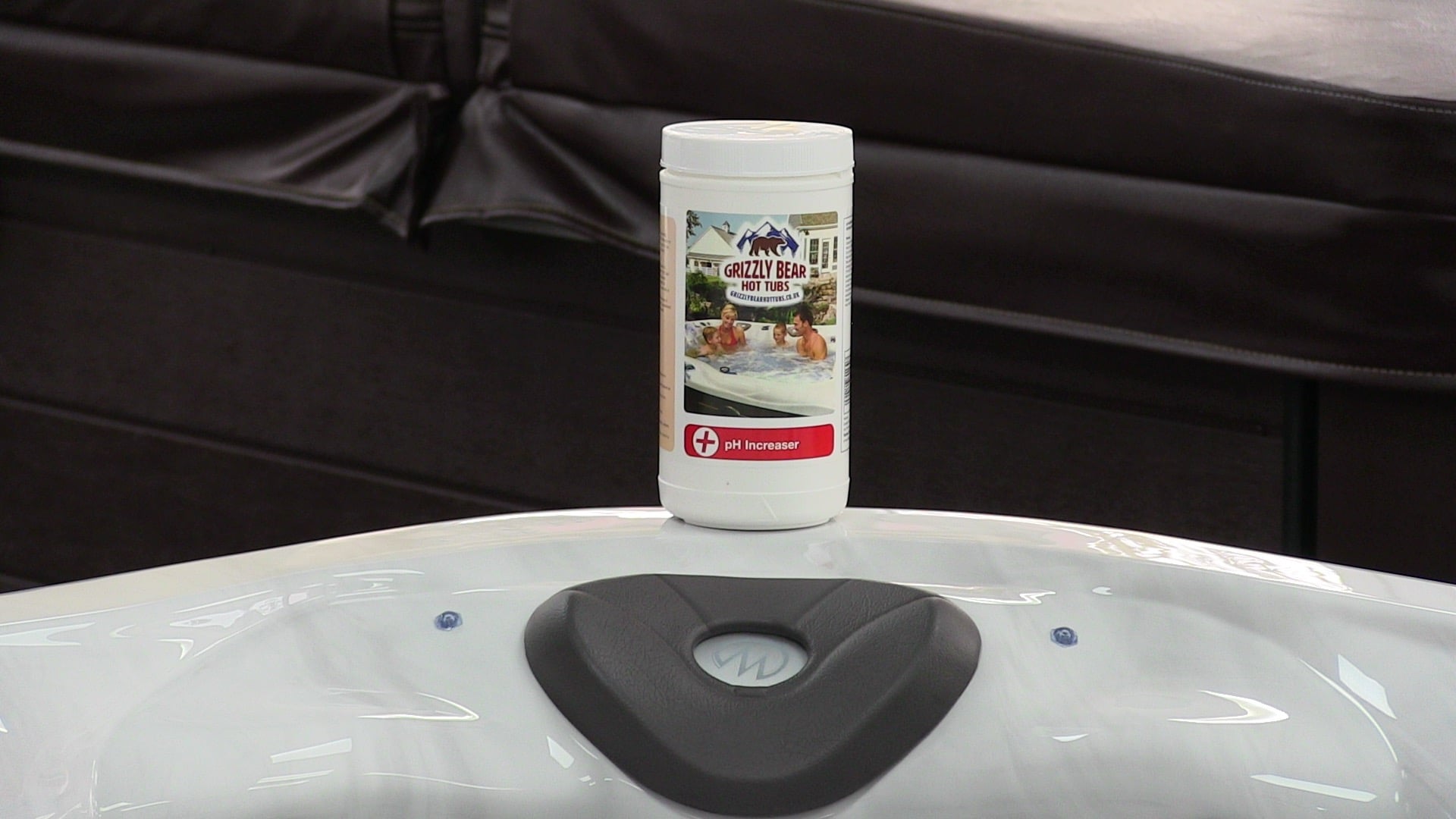
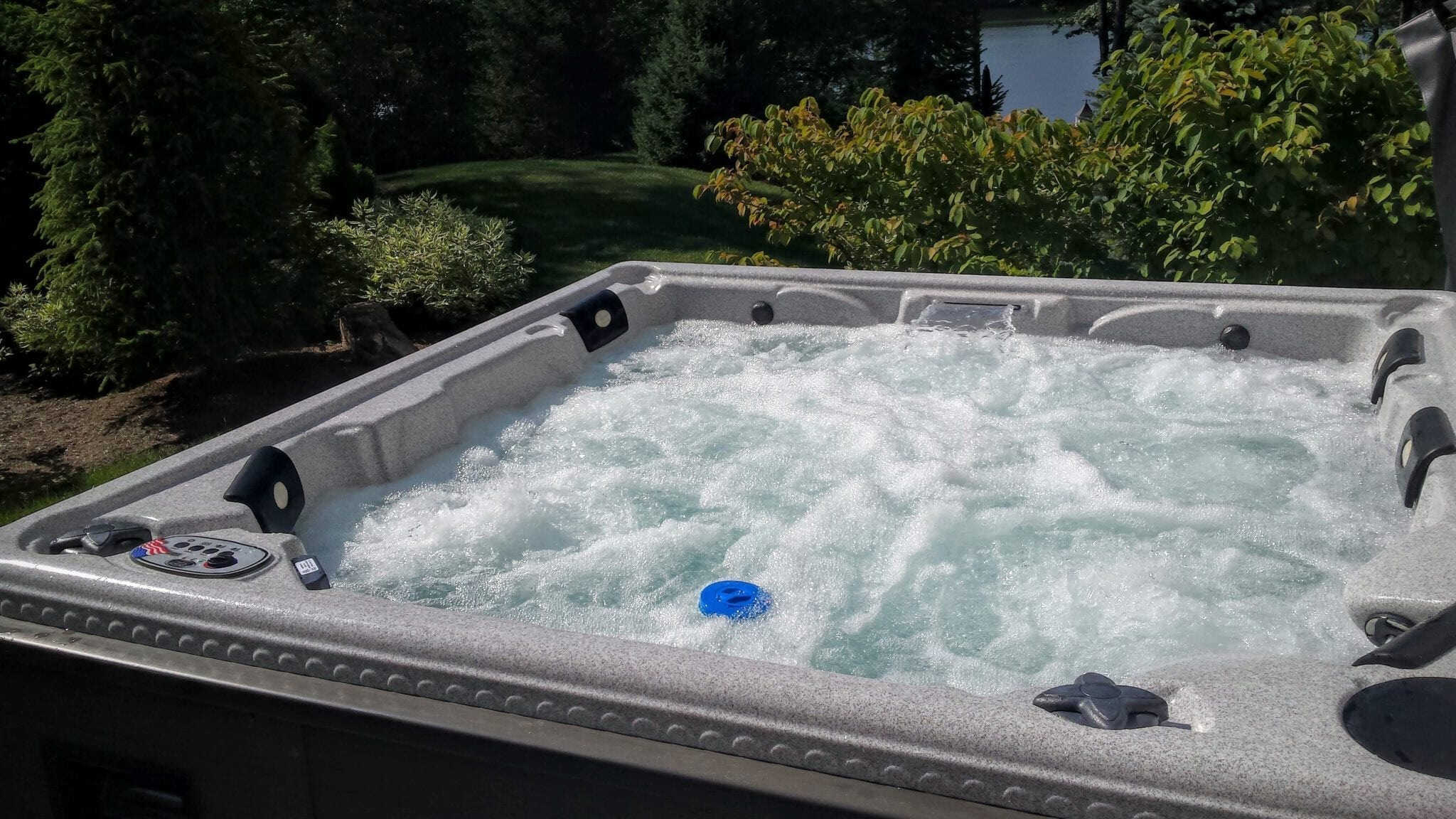
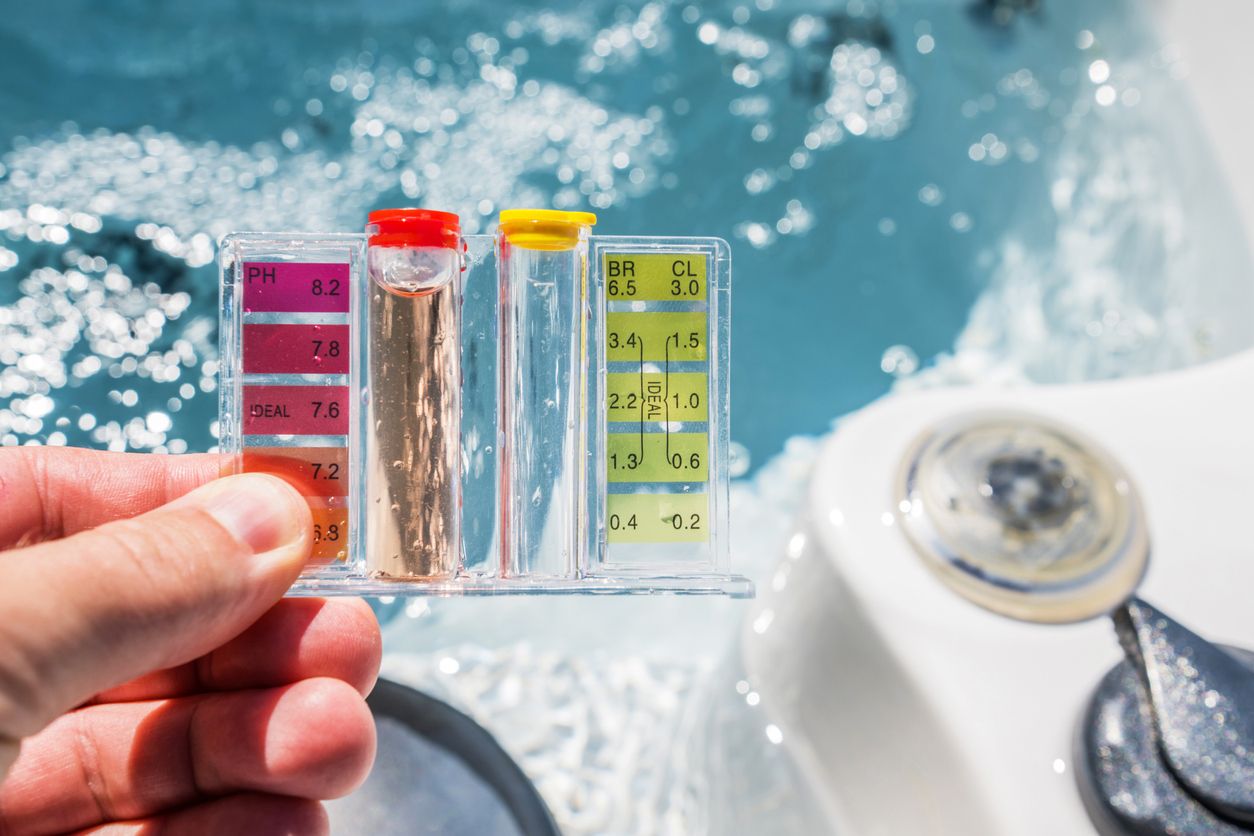
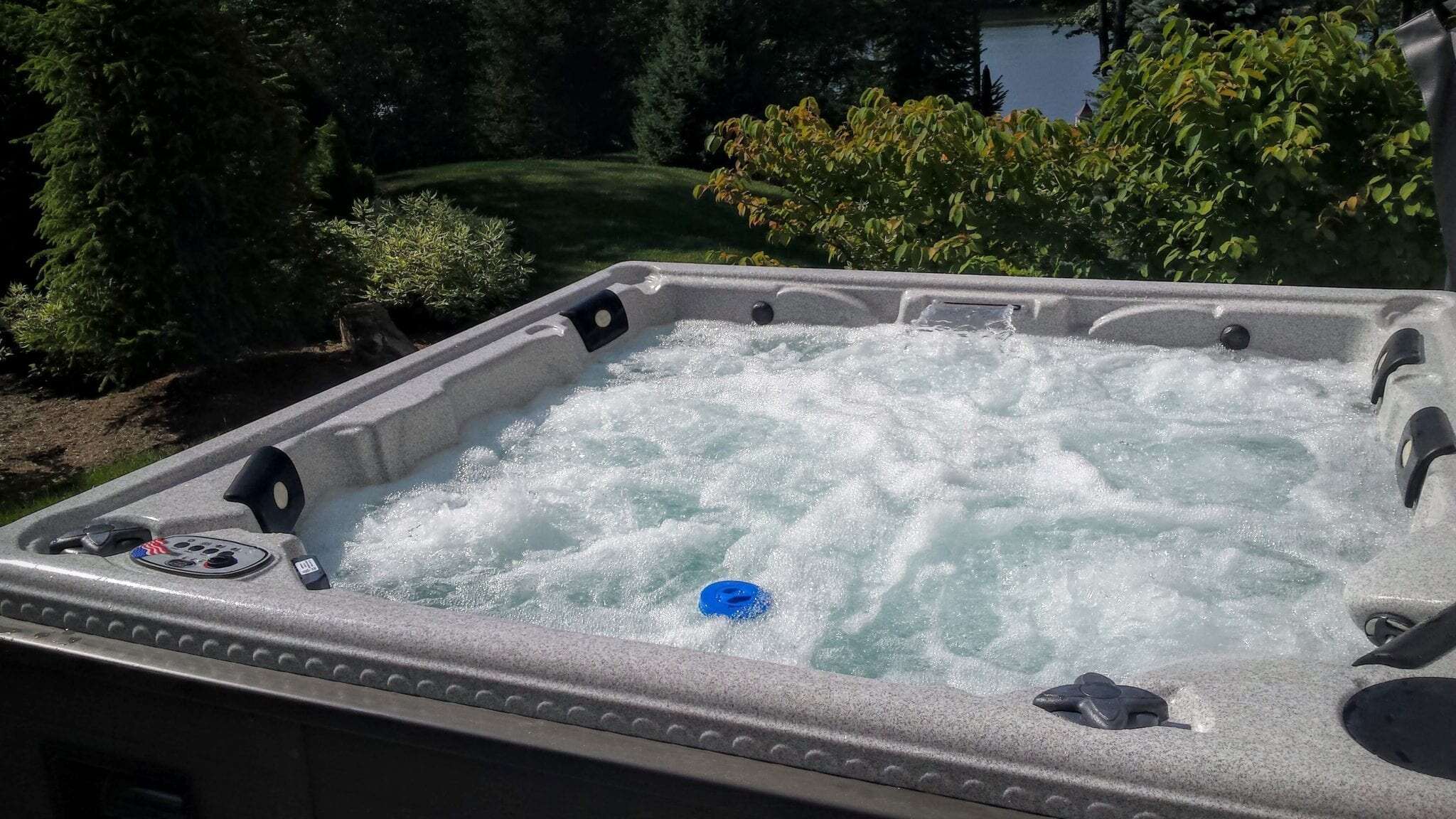
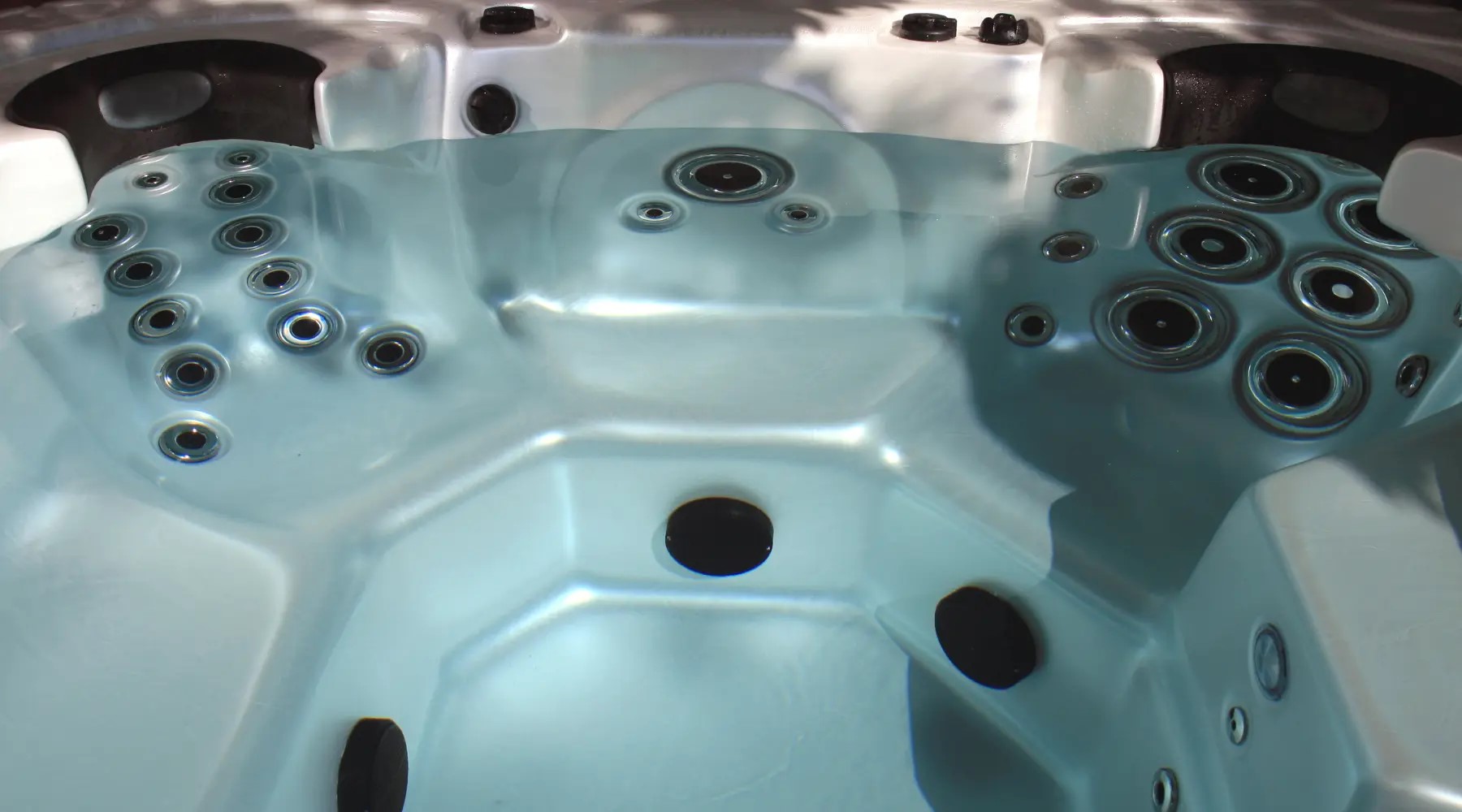
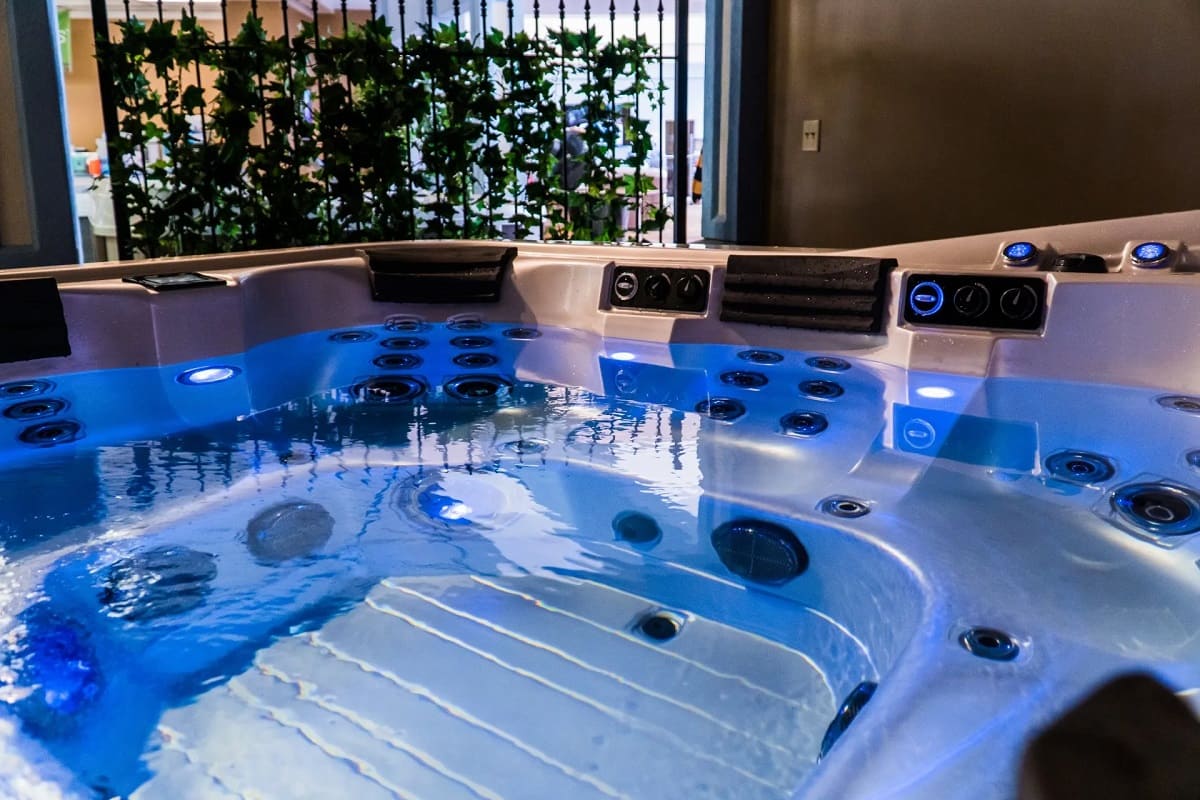
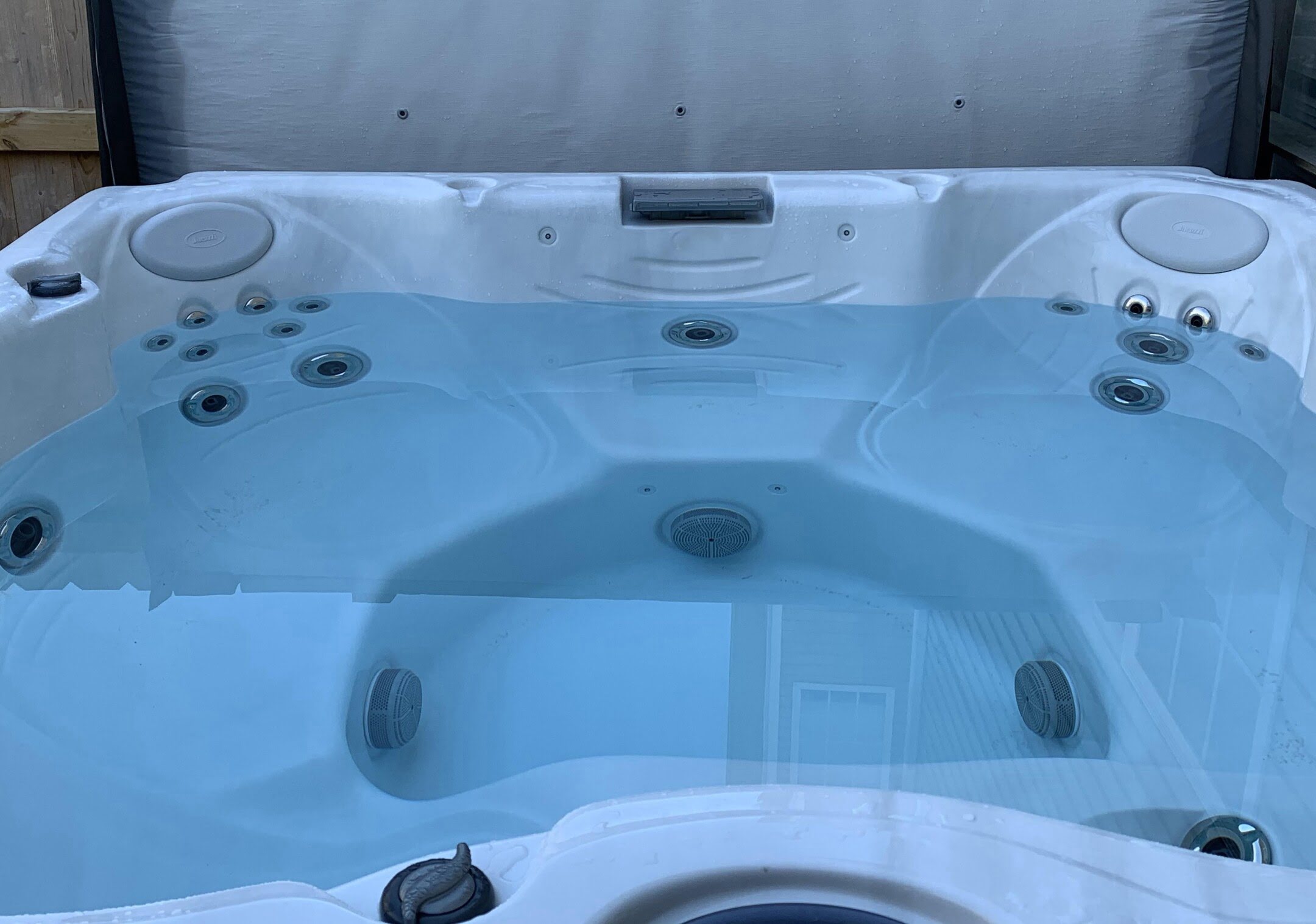

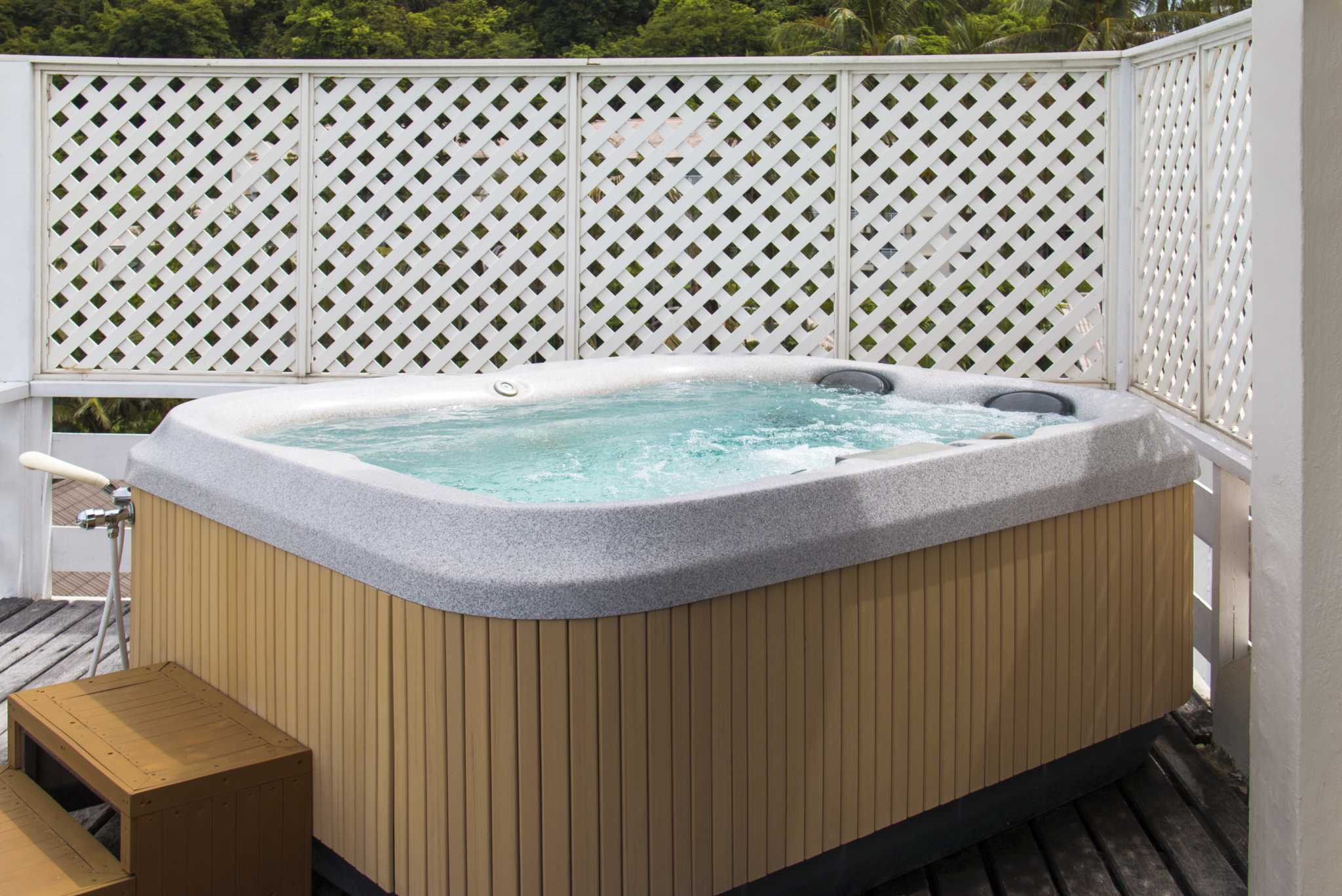

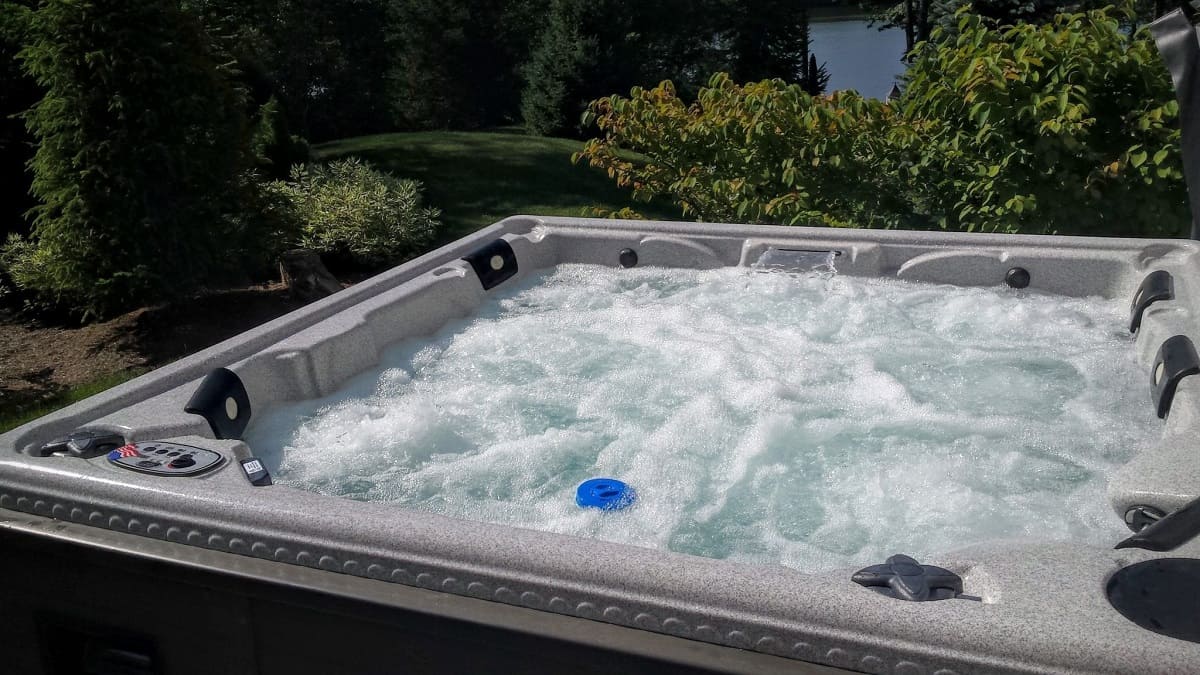
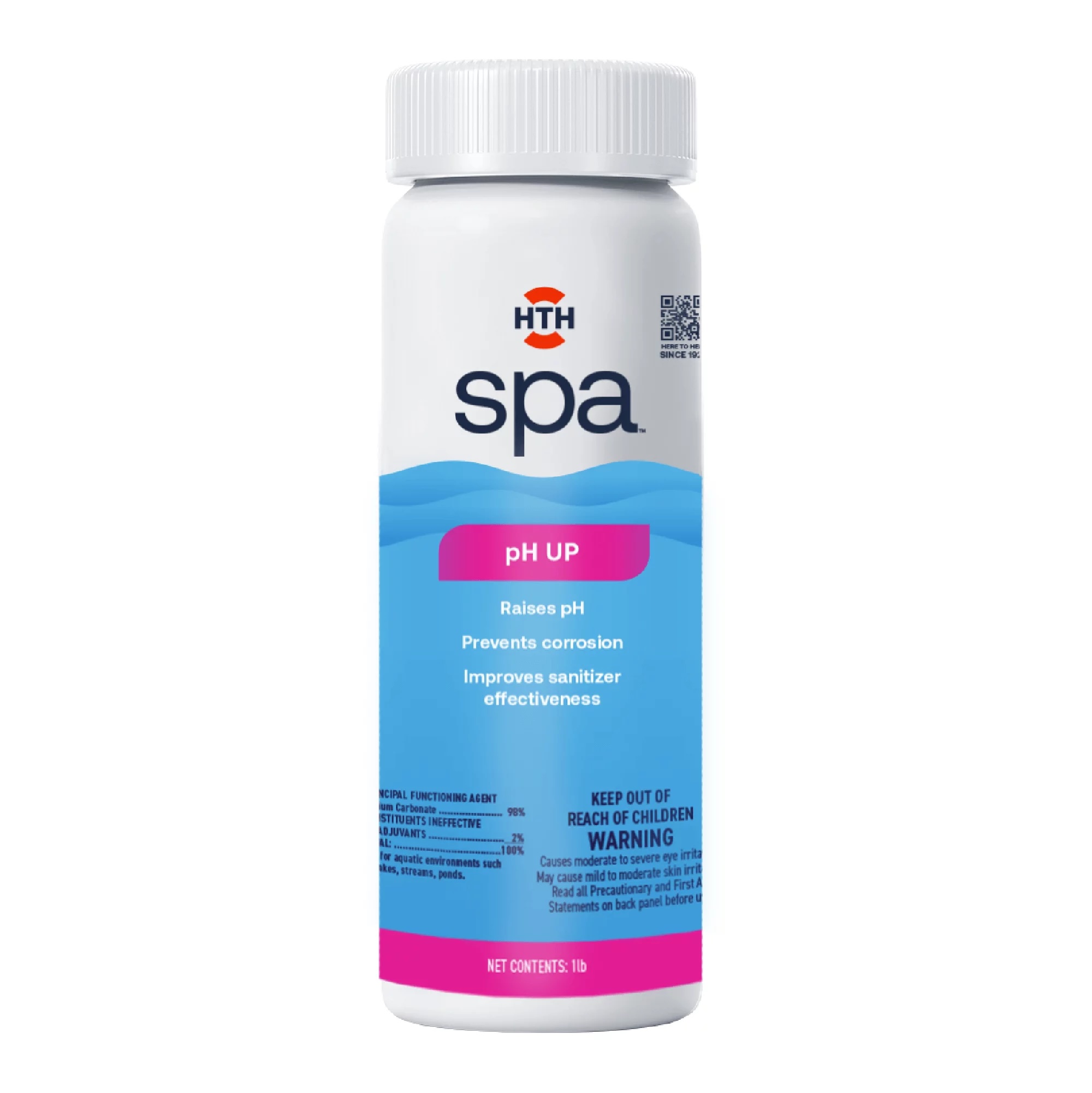
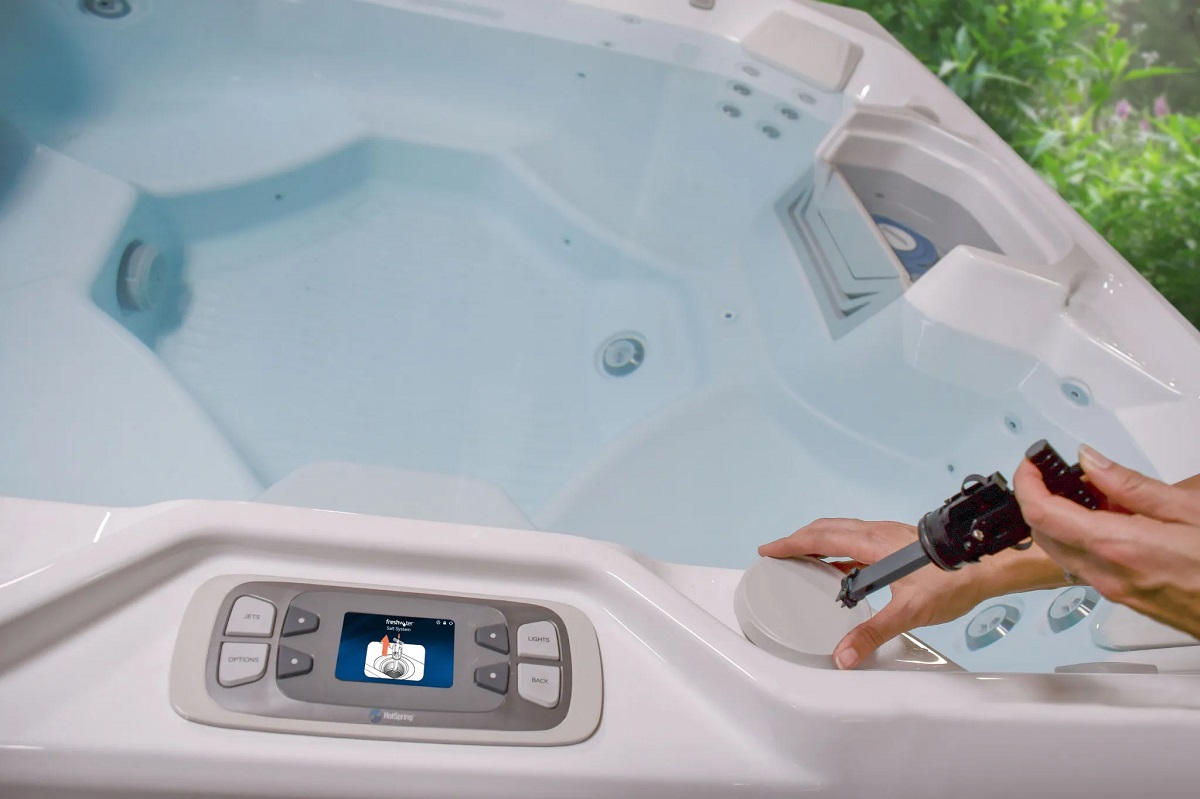
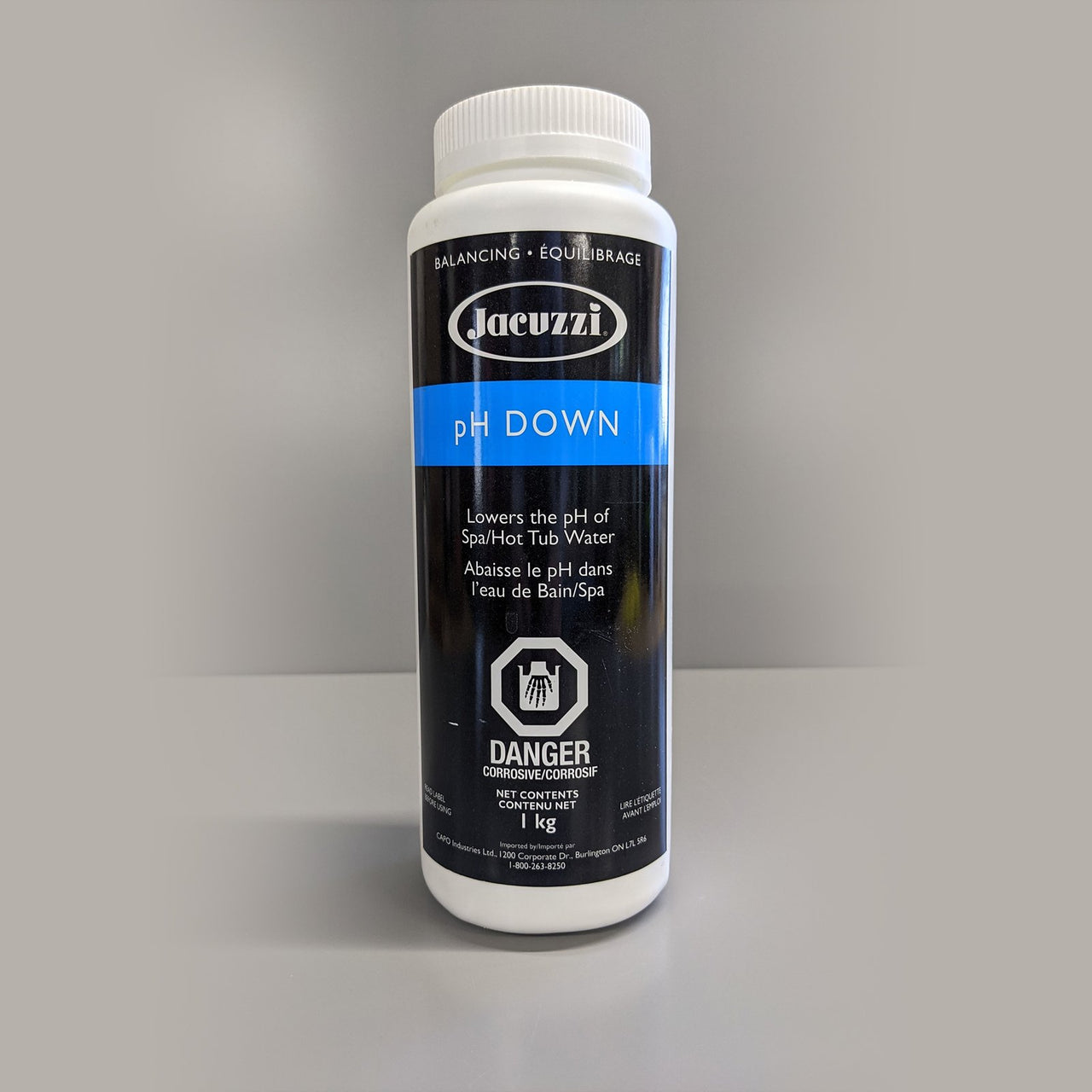

0 thoughts on “How Do You Increase Ph In Hot Tub”